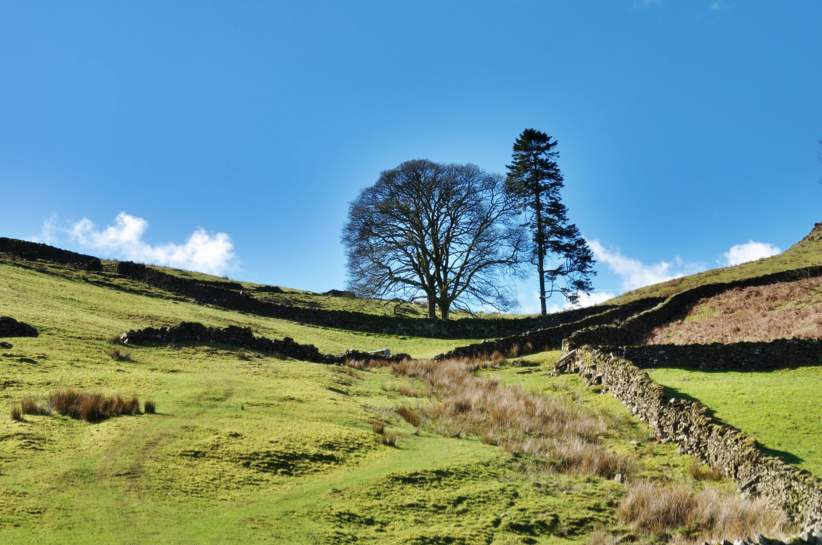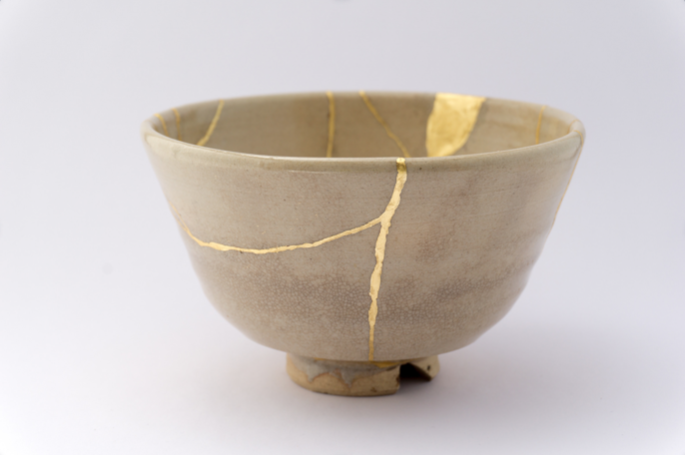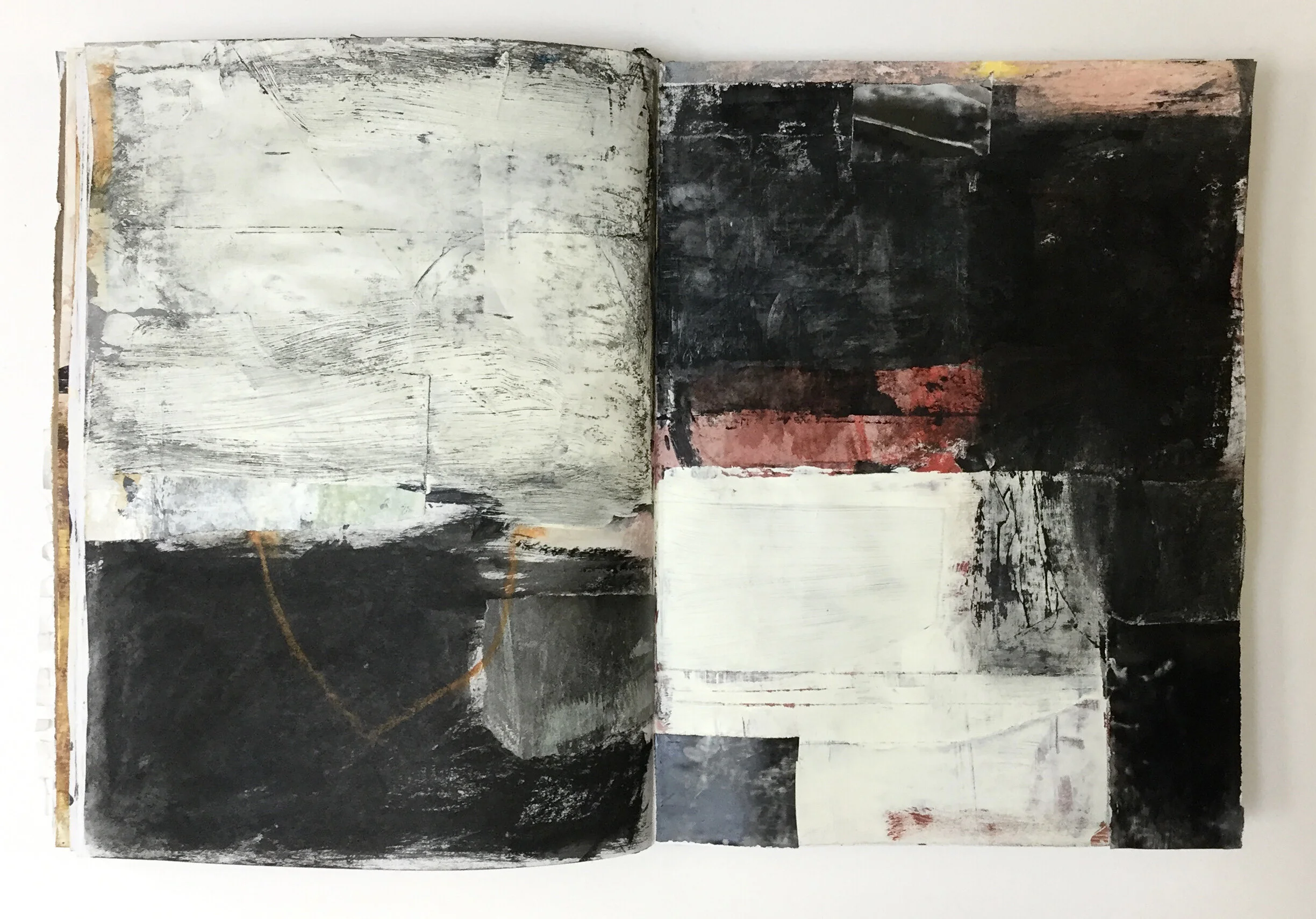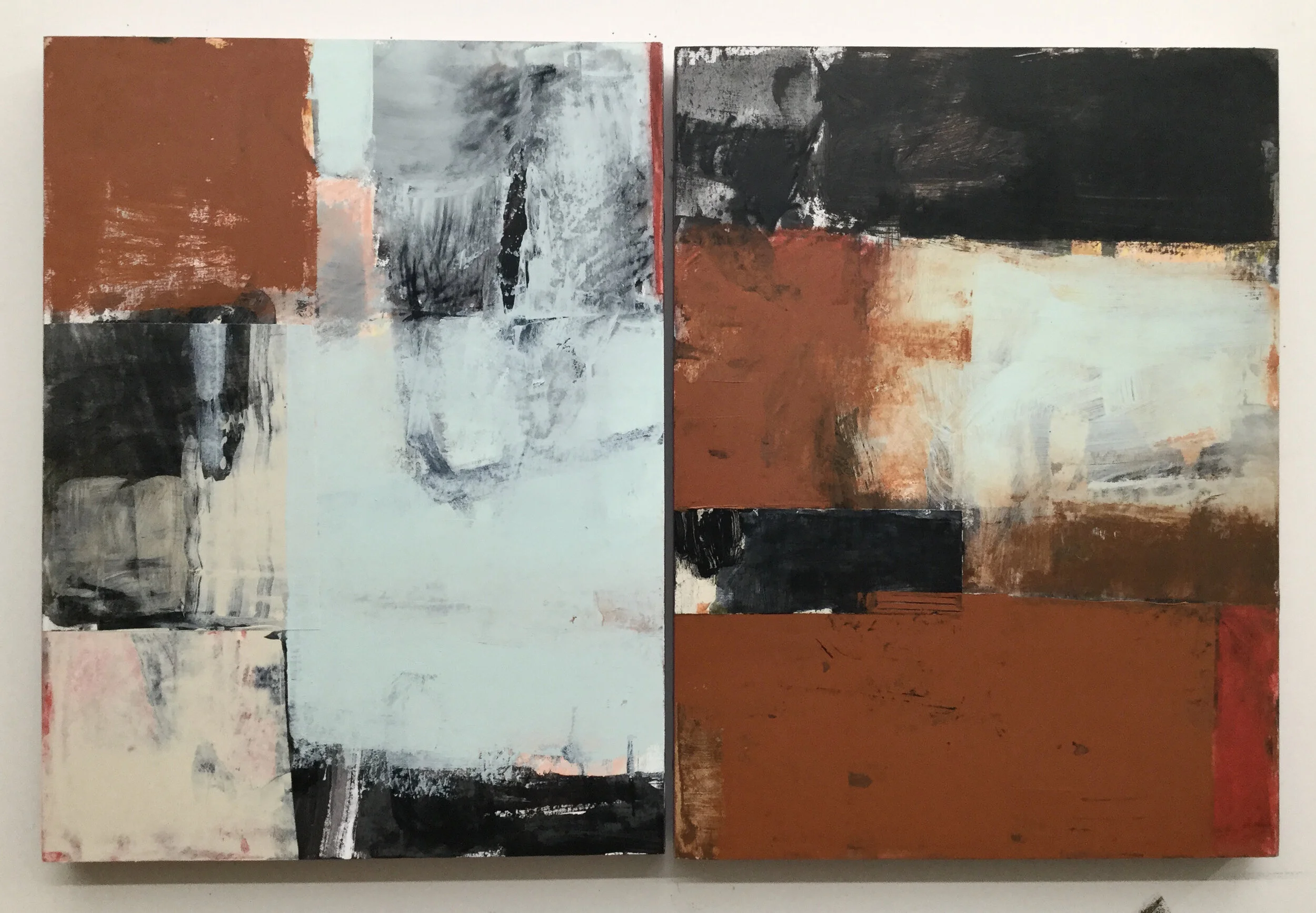EXPECTATIONS ON THE WAY TO BECOMING
/“An artist cannot fail. It’s a success just to be one.” – Charles Horton Cooley
For every artist there is a sensing, a knowing, that they have something to express. Some from a very early age, and others come to realize this much later in life. Either way, no matter when an artist claims that title for themselves, there is a good chance they have been thinking and observing the world as an artist would. They may just not have realized that it was something unique and rooted in an artist’s sensibility. But it has always been there.
The fact is, no matter when we decide to start making our creative work, and commit to that path, we have always been an artist. An artist isn’t simply defined by their output, but more in how they think, interact, and move through the world. What they notice, consider and in how they deeply observe the nature of things. Robert Motherwell once said that all artists are voyeurs – watching others and the out-workings of the world with deep interest.
I think this is quite a comforting thought, and one that when offered to many of my clients, allows them to lean in a little more to the belief that realizing their artist’s vision is possible. They come to know that they don’t have to prove it to themselves any longer, even if they may still feel they need to prove it to others. In time that need also diminishes, as they stand strongly in their own authority and position. No artist should ever have to prove to anyone something so innate and integral to their wellbeing.
However, the challenge that many artists face is the weight of others' expectations alongside their own. Somehow many of us believe that realizing a creative vision, or finding our artist’s voice, is something that should come more quickly for us. This feels inextricably linked to the expectations that are ill-placed and loaded on before we even had the opportunity for true growth and development of our craft.
I remember graduating from a three year arts program full of vigour and assumptions, ready to launch my art career. I had been an artist my whole life, but hadn’t committed to working as one, or even really exploring the subject of art-making to the depth that is required for an artist to truly blossom. There was just a knowing that I was one, and a deep longing to realize on that feeling. I was always creative, but only dipped my toe in art-making, and as a result my skills were underdeveloped and my critical thinking was not formed.
But after about 5 years of consistently making art, with dedication and focus, I felt like I “should” know who I was as an artist and have a distinctive, fully-formed voice. I felt frustrated that I had given so much time to this and there was still so much further I needed to travel. My vision for my work was still so far ahead of where I was and what I could execute. And, my artist’s mindset was nowhere to be found, so I struggled a lot and that also impacted my development. Fear, resistance, and weighty expectations were my studio companions, instead of trust, curiosity, and compassion.
So many artists that I work with have this same challenge. They have made the decision to dedicate themselves to their creative work, often after a long period of denying themselves that possibility. It feels important, necessary, and risky. There may be external, and internal, pressure to prove that this choice is a good one, and not just indulgent and mistaken. This can be a recipe for so much struggle as the pressure mounts and expectations clog up the spaciousness that needs to exist for an artist to move forward and become who they are meant to be.
If we can more clearly understand this path to becoming who we truly are as artists, with all its stages, we can honour the developmental process we are engaged with. When we do, we make space for ourselves to put in the necessary time without the pressure of producing work for any other purpose than to realize on this desire we have for ourselves. We’re not imposing success too soon, before we have developed work that is worthy of that, and reflects our artist's vision.
In this time of Instagram followers and Facebook likes, it is easy to feel we have to jump in and share our work before we may even feel comfortable doing so. We see other artists sharing their work and making a path for themselves and, of course, we want that too. But how do we do that and still carve out a space for ourselves to grow in our work? If we receive attention for our early work, does that allow us to move elsewhere as we develop, or do we fear losing our audience and limit what we’re willing to explore?
These questions are important ones to understand as an emerging and developing artist, and even as a more mature artist. We don’t want to limit ourselves and our development by the pursuit of success too soon. And, if we do find ourselves in that position then we have to be willing to stay true to ourselves and our artistic vision – risking that our audience may not travel with us and we’ll have to find new collectors and fans along the way.
An artist must learn to hold fast to their commitment to growth in their creative work. It is what takes us from a budding artist to a fully formed visionary with work that is personal, compelling, and skillfully made. To get there we have to give ourselves permission to always be moving forward in our work and learning about our expression. The acceptance and validity of our work comes from our understanding of what we are making and why. We are firmly planted in a creative vision for ourselves and our only expectation is that we continue to hold this spaciousness – allowing ourselves to honour the path we’re on.
I see an artist’s path as a high calling. It asks a great deal from us in a world that doesn’t truly honour that commitment for what it is and what it provides for the world. We are often undervalued and the choice to make art is an impassioned one, not necessarily a “career move.” It requires the deepest of commitments, dedication and tenacity. It asks us to know ourselves and to meet those places that inevitably arrive with compassion and curiosity. Art-making offers us the opportunity to utilize everything we have in the pursuit of a vision – a vision that may or may not resonate for others, but is everything to us. We stand alone here, and if we can lower the expectations around how we’re doing this and how long it is taking, we’ll find the way forward far more accessible and less arduous.
In this article from The Painter’s Keys, artist Sara Genn articulates her relationship and awareness of time. She states, “I have learned not to attach my feelings of worth or creative happiness to these external metrics. Understand that you are now a person who gets up every day and makes things that, for the most part, nobody asked for. They are just ideas, and so work, incrementally, to make them better. Go into your studio with this intention: be yourself, engage deeply, explore your curiosity and bliss. Unlike the journeyman who must make her rent, you have given yourself the gift of later-life play. For this reason, your work has the potential to be higher in concept, more patient in quality of execution, and more potent with the energy and wisdom of life. Take your beat. Infuse your position with joy. ‘For us, there is only the trying. The rest,’ said T.S. Eliot, ‘is not our business.’”
Wherever you are on your path as an artist, embrace the very essence of why being an artist matters to you and align your expectations with that. It will allow you to knit together your truest purpose with your heart-felt desires for yourself and your work.
Prefer to listen? Click on the link below to listen to and/or download the audio version of this Blog post.























